Being on an even stronger system than the 3DS with 10 more playable characters added to the lineup of cuties, I was expecting Shinovi Versus to be even bigger and better than the first. I was right about it being bigger, and even better in some ways, but maybe not quite better overall.
In the Senran Kagura world of walking, breathing, huggable plush girls with overstuffed chests, the shinobi of varying factions fight each other to the death.
That is honestly the most concise way to summarize the overall plot. Because there are 4 different factions, each with their own story, the plot of Shinovi Versus is much harder to summarize than the first game.
The most common plot point of the 4 of them is the Shinobi Battle Royale, an age-old contest in which students of one school must fight those of the other and the loser must have their school (or home) burned down.
The heroic students of Hanzo are challenged to this contest by the elites of the new Gessen school, whose goals are to eliminate all evil and make their headmaster, a friend of Hanzo himself, proud. But what they're doing may not be what he really wants...
Meanwhile, Homura's band of former Hebijo Academy elites, now on the run after the first game's climax, clash with a new team of elites that have replaced them to restore the school's honor.
 |
| There are actually deeper motivations than that. |
With four 5-chapter stories to play through, Shinovi Versus is a much longer game than Burst, which doesn't exactly work in its favor in this case. Each story seems to have at least one filler chapter that contributes very little to the plot at hand, and what plot there is isn't as tightly woven or well-paced as it was in the first game. There are fewer visual novel segments of the girls simply interacting, and instead those are reserved for backstory exposition.
Not bad exposition, mind you. Obviously more exposition is given to the new girls, but more details about the already-introduced Hanzo girls are also explained. Regardless of how extensive the exposition gets, much of what made the first game special is still present. Every character is well-established and very lovable thanks to the perfect voice acting and fun character designs.
My particular favorite newcomer is Murakumo, whose personality goes from badass and monotone to shy and timid every time her mask is off, nervously babbling her lines and covering her face whenever she can because of how self-conscious she is.
She's also fun to fight with. Murakumo dual-wields a spear in one hand and a meat cleaver in the other, and her ninpo uses her wolf friends to attack.
She's also fun to fight with. Murakumo dual-wields a spear in one hand and a meat cleaver in the other, and her ninpo uses her wolf friends to attack.
And to make her just right for me, Murakumo also draws her own shonen manga. Titled Mask of the South, it tells the story of a masked shinobi that battles evil mohawked shinobi thieves in a post-apocalyptic world. The quote for the chapter this hobby is introduced only says "You are already done."
I also noticed Mirai's shirt says "Star Platinum", she collects a figure series from a franchise that's a mix of Sengoku Basara with Star Wars and Senran Kagura's director is a fan of The King of Fighters. It's quite fitting that someone who runs a blog with a title like this likes these games.
As all over the place as it is, the story does a good job at foreshadowing events to come in Senran Kagura 2 by establishing what will become the main antagonizing force, making Shinovi Versus comparable to the handheld Kingdom Hearts games in terms of plot. Sadly, this antagonistic force has no presence in the part of the game you actually play. The only bosses there are are the other playable girls, which, after the final boss of the first game, is disappointing.
But Shinovi Versus plays to its strengths with its gaggle of huggable schoolgirls, all of whom are given further screentime in the seperate "Shinobi Girl's Heart" stories unique to each one. Separate from the main story, these mini-adventures have one girl fighting a series of opponents where, apart from a prologue and epilogue, dialogue plays out during gameplay, Sengoku Basara-style.
These conversations between characters are charming and often very silly, but the choice to have them mid-battle was a misstep. If the camera cuts away from the action for transformations or clothing damage while a line is spoken, the line will be repeated, and because of the combat's extremely fast pace, they are likely to repeat their lines several times, and much of it is rendered inaudible by the sounds of slashing and screaming anyway.
The only way I could get a straight conversation with no interruptions was by dashing around the stage, running from angry mob so I could let it play out, and I'm glad I did, because the friendly exchanges are funny and even touching at times, really fleshing them out as the sweet, but flawed, people they are.
But not so sweet they forget their duties as army-decimating shinobi. The combat in Shinovi Versus will be immediately familiar to fans of Burst. Familiar, but not quite the same.
It still uses the fast-paced mechanics of attacking enemies, launching them into the air and transforming for a power boost, but since this game has more of an emphasis on 1-1 combat, there had to be some enhancements, like ability to guard and taunt (to freeze the combo count), specific range and attack patterns for the hidden ninpo, and two sections of layered clothing for the ninpo to strip down.
Being on the more powerful PSVita, Shinovi Versus also has a full 3D camera view as opposed to the fixed camera angle of the first game, and while this can certainly be considered an enhancement, I miss the full-view camera the first game had.
Because of the frantic way characters dash around the stage, it can be difficult for the camera to keep up with the action, even when you lock on to your enemy, and it's very easy to be hit in your blind spot when you're surrounded, leading to many a frustrating combo breaker.The same happens in the game's online multiplayer, where the frantic pace comes to a peak. It's required for there to be at least 4 players (AI opponents are optional), and that means four players beating each other down, giving little room to fight back and all without the flashy shots of clothing damage and ninpo activation that give the game flair in single player. I like the idea of these games being competitive fighters, but there's simply not enough finesse to it here, and the two DLC characters are so powerful it feels like a pay to win situation.
The game's DLC on the whole rubs me the wrong way. The two characters you have to pay for are the goddess of shonen Daidouji and the Hebijo Instructor Rin, both of whom were already playable in Burst and make appearances in Shinovi Versus' story. They should be a given.
And like Dead or Alive 5, there are loads of clothes and accessories for the girls you can buy, mostly for 50 cents to a dollar each along with a few free ones (having everyone's hair be interchangeable, for example). I wouldn't mind this so much if the outfits already in the game didn't seem so paltry.
Not counting color changes and everyone's interchangeable defaut outfits, I'd say there are roughly as many outfits and accessories as Burst, only without the extra flair. There's only one style of pajamas a shinobi can transform into as opposed to the animal variants in Burst, the extra copies of Yagyu and Mirai's eyepatches aren't present, and favorites like the Ninto plushie and policewoman outfit are both paid DLC.
I suppose there's more variety given in that you can adjust the size and where to put accessories on any part of the girl's bodies, but I feel like there isn't enough given to play with. All they've given us more to play with is the ways in which you're able to bother the girls in the dressing room.
Instead more effort has been put into the many different assortments of underwear you have to spend a fortune on in the new in-game shop; 95 different kinds, in fact (more with free DLC). To me, putting that much effort into the undies is a waste of time for two reasons.
1. There are few variants. The majority of them are only color variances and they're all identified by number, with your only means of telling them apart in the menu is by their colors, so if you want a specific pair, you need to shuffle through and look at them with all the loading that comes with it.
2. Underwear is not where the visual flair of Senran Kagura comes from, at least not for me. It comes from the outfits and accessories. If I haven't made it clear before, Senran Kagura is not sexy. It is shamelessly cute. That is where its visual appeal lies. Considering finishing off a weakened opponent with a hidden ninpo blows their underwear off, Shinovi Versus does not seem to think so as much.
If this review reads like I'm doing nothing but bitch about what Shinovi Versus does wrong, it's only because I'm so accustomed to the original. I know this one is considered a spin-off, but with the story acting as a continuation of the first game's I can't help holding it to the original's standards. The other Vita game is the real spin-off here.
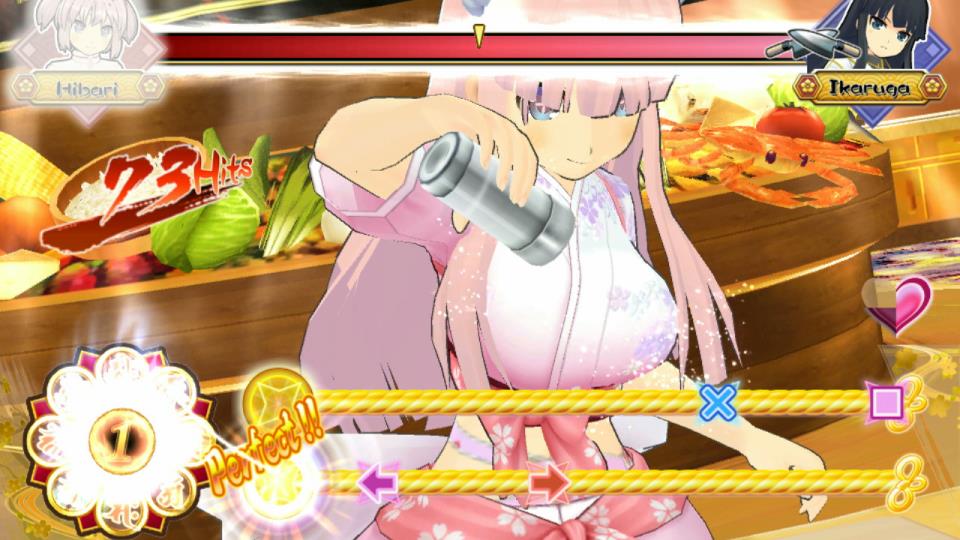 |
| Epic kawaii cooking shonen action! |
The biggest advantage Shinovi Versus has over the original (other than being released physically) is its presentation. Characters are more expressive, the 3D environments you fight in look great, and with all the new girls comes great new music (but without comments from the composers). They kind of copped out with the Gessen girls' themes though. They're all remixed versions of public domain music.
What kind of game company is that lazy?
The localization from XSEED hasn't changed, replacing fairly well-known Japanese terms like "hikkikimori" and taking liberties with what's actually spoken at times. I will however give them credit in that making Gessen girl Shiki's dialogue that of a valley girl's was well done, since it's the closest English equivalent to the Japanese version's.
I do like Shinovi Versus a lot, and even though the story can drag on, it and the individual character stories have kept me going for a long time. In some ways it enhances what made the original great and in others it doesn't do so well, which puts it on about the same level as the first. Therefore, I give Senran Kagura: Shinovi Versus a 7 out of 10.
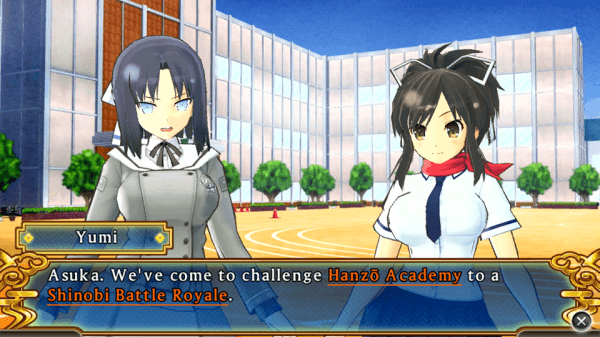

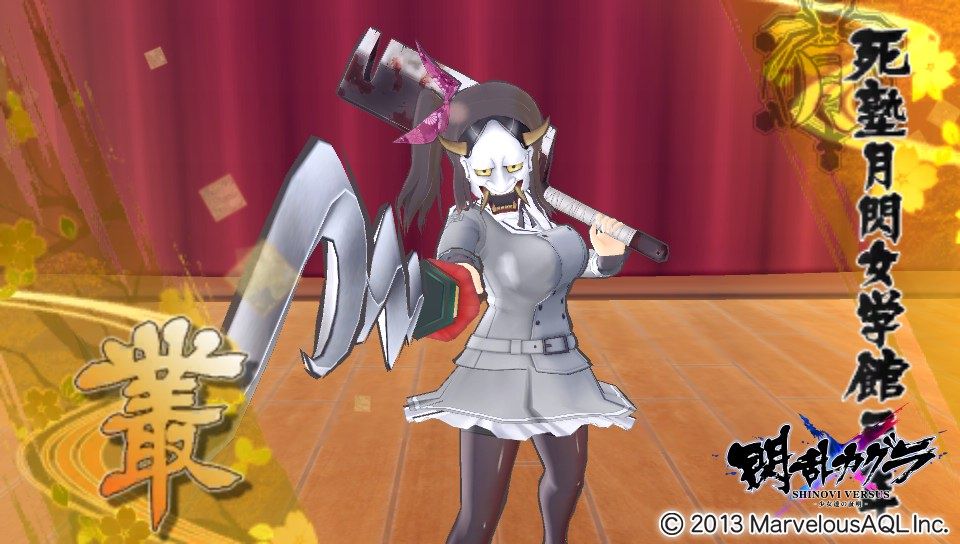
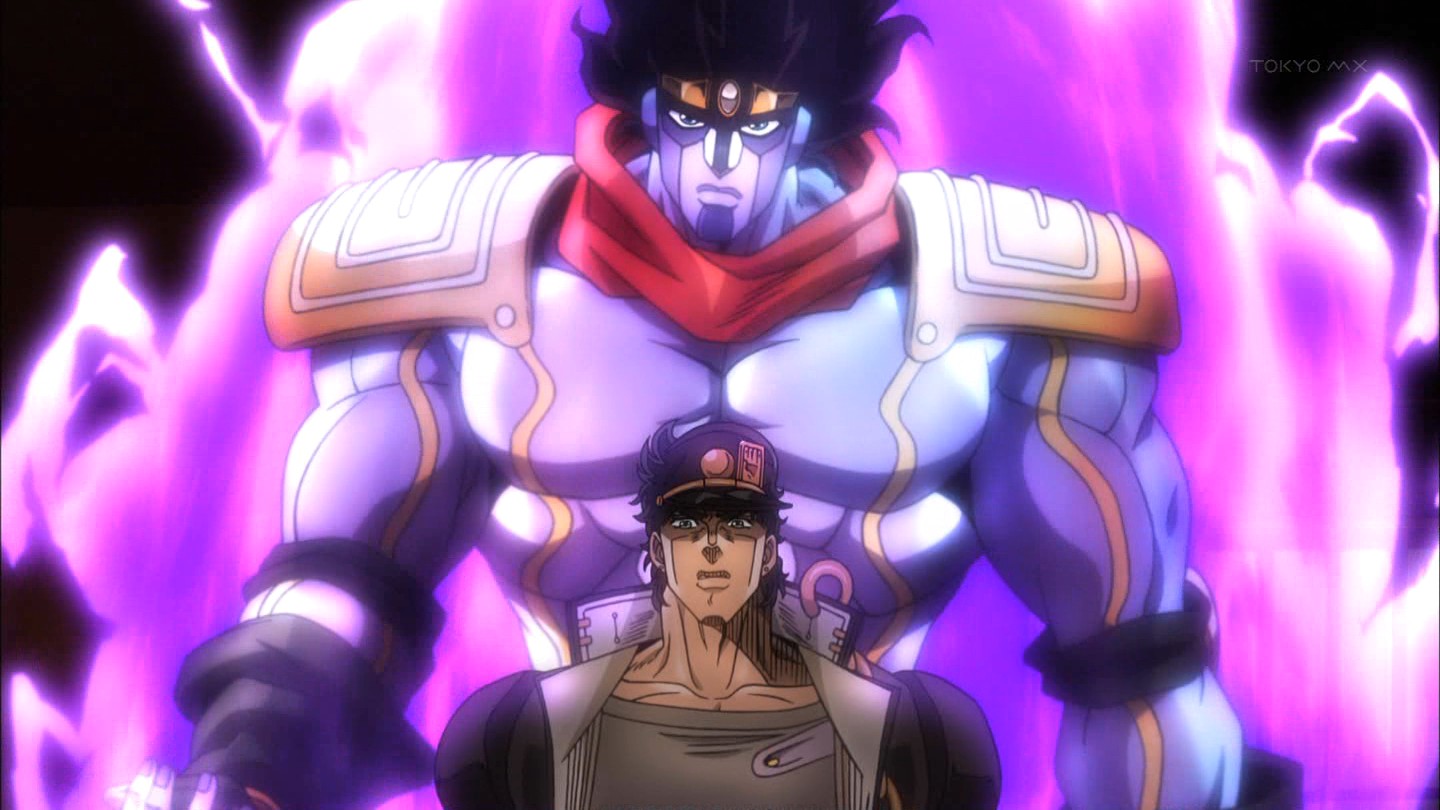


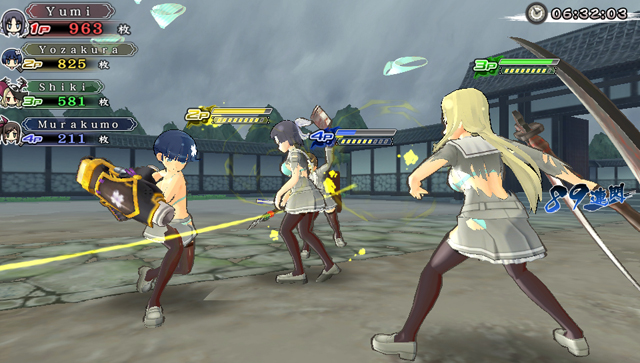

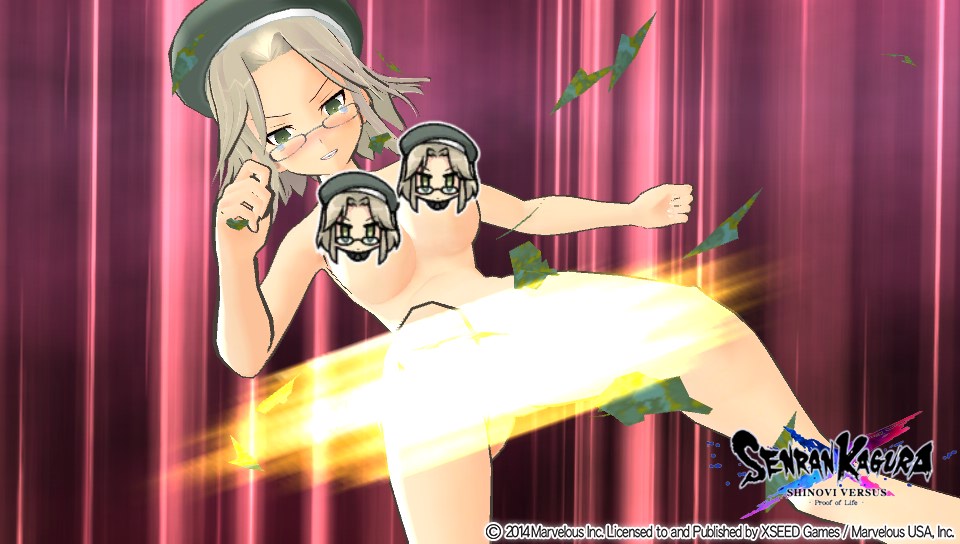

No comments:
Post a Comment